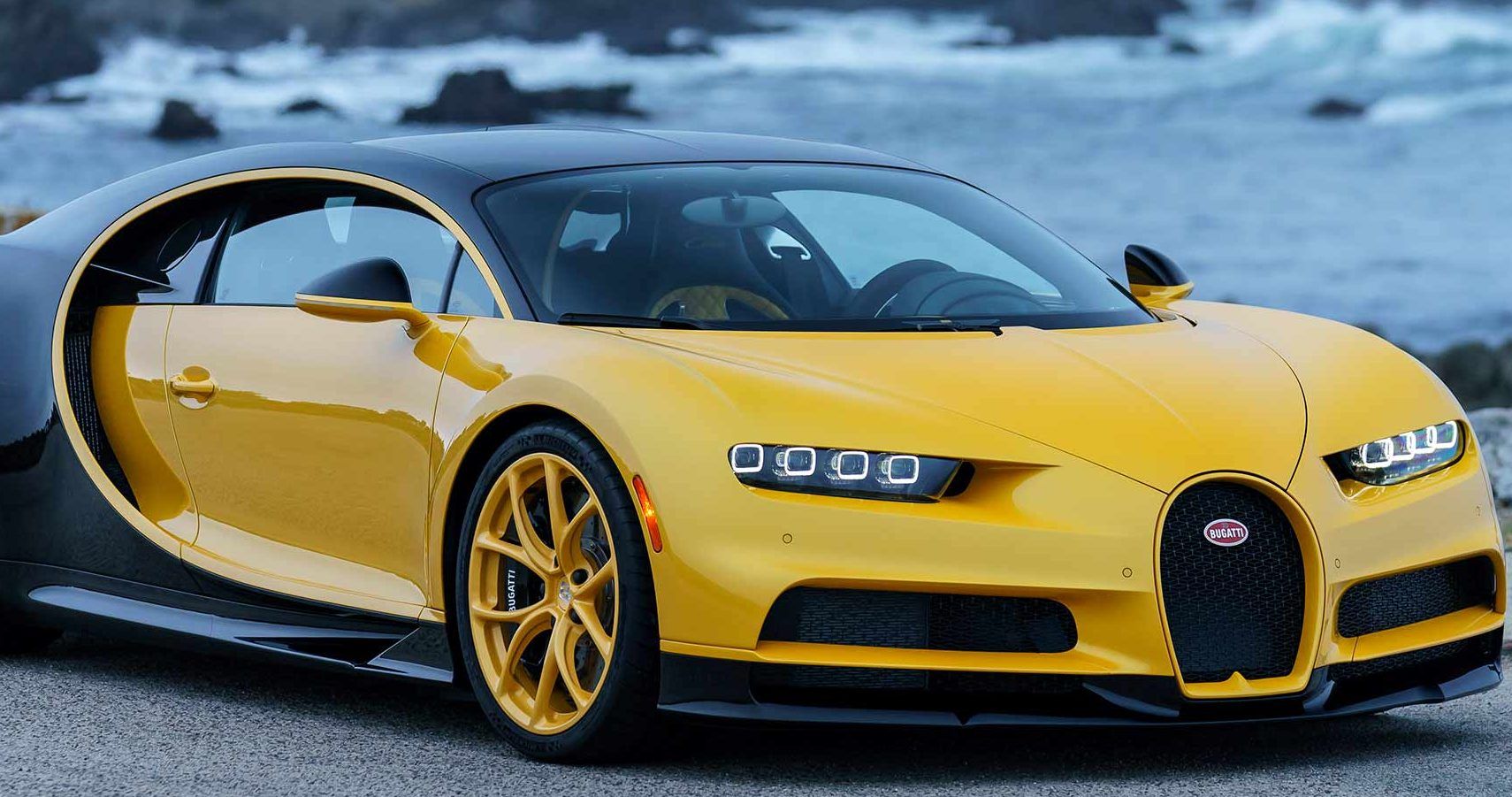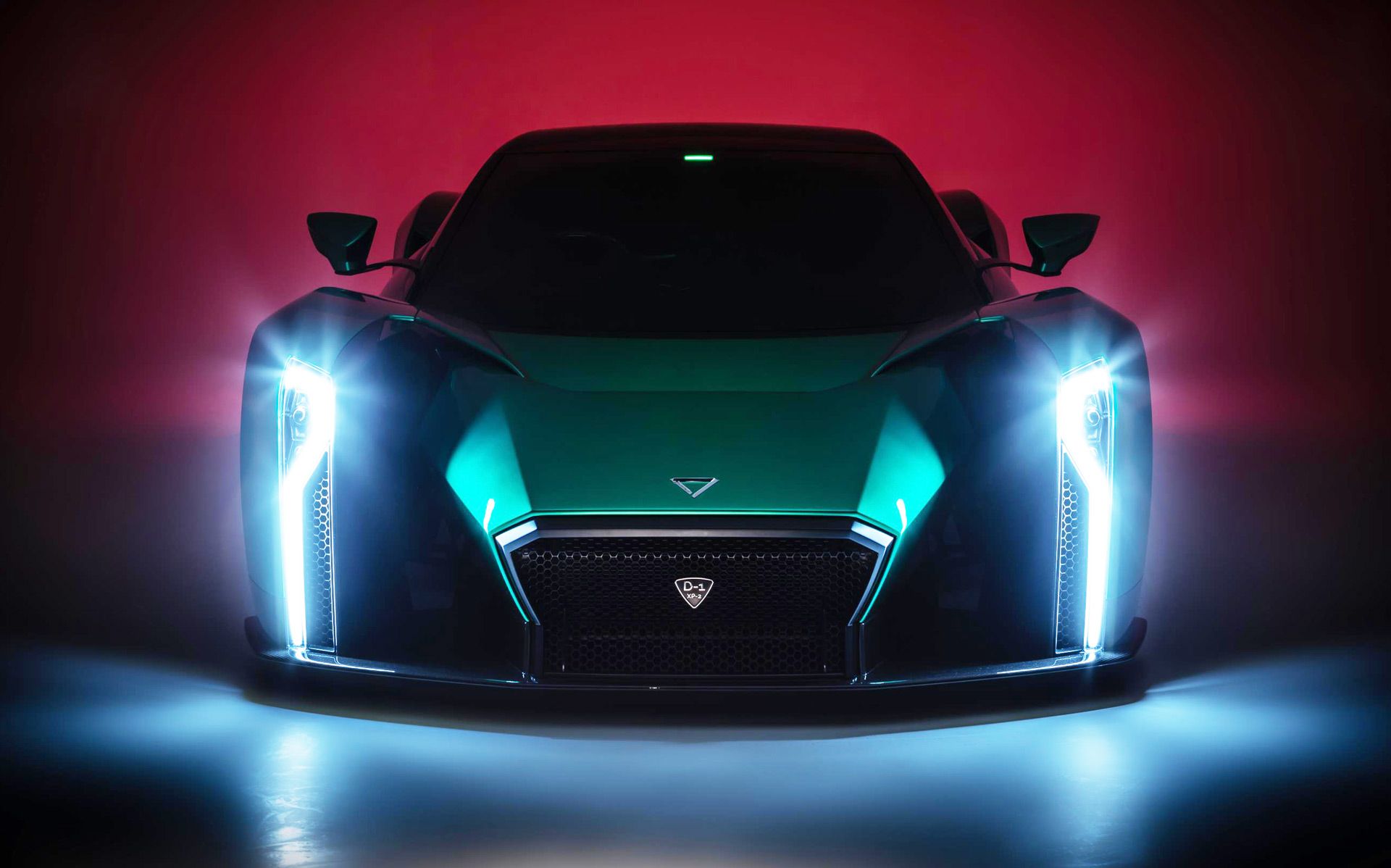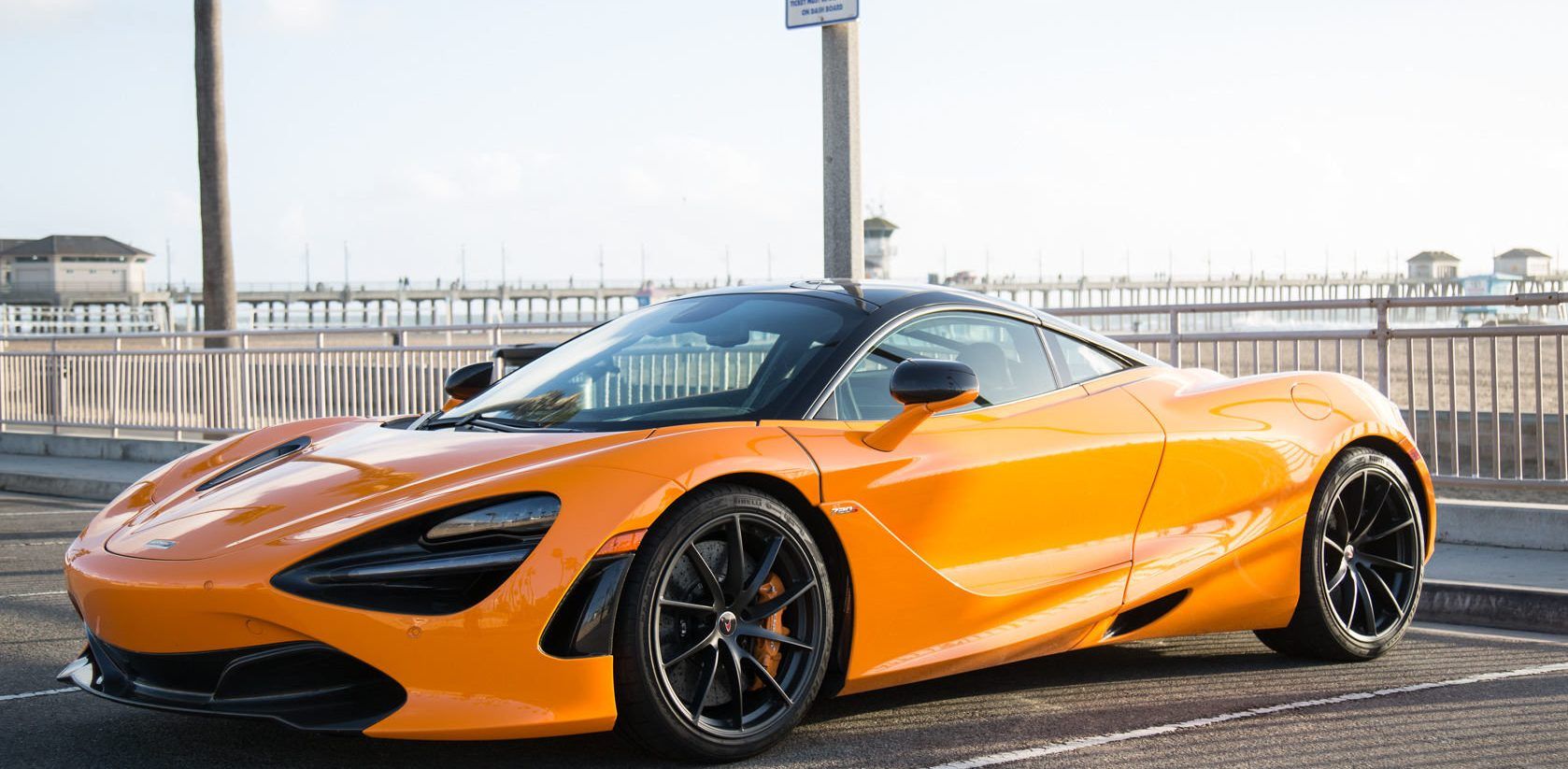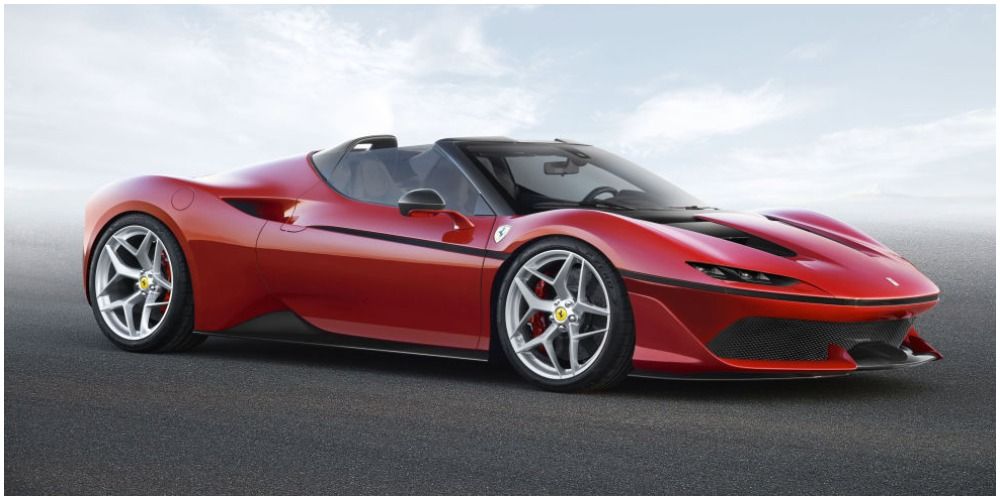Throughout the years, car enthusiasts have always been putting cars in different categories, and they have usually created a level of exclusivity for speed: what we now call the supercar. The ancestors of the supercar are the mid-century muscle cars that tried to create the fastest, loudest and toughest cars possible. Nowadays, the supercar is its own market, with a wide selection of vehicles made by numerous companies around the world.
Yet, the question must always be asked, what exactly is the difference between an everyday car and supercar? We're here to answer that, with the 10 things which make a supercar a supercar.
10 Appearance
The first, and to some, most importantly, the element of a high-performance supercar is its design. The world's fastest and most expensive cars also are the ones with the most iconic, robust, and gorgeous designs. With the modern supercar, the design is not simply a form factor, but a key aspect of what makes the cars special. Boutique brands who cater to this market see their cars as finely crafted and tuned pieces of art, and the appearance of their cars lead this charge.
Though many requirements need to be met to be considered “super,” every supercar needs a breathtaking and eye-catching design that draws everyone's attention toward it.
9 Build Quality
A main difference drivers find between true supercars and imitators is the build quality. A supercar, while designed for elegance, is mostly designed to be driven hard. These cars pride themselves on insanely high speeds, so they need to be built to last and thrive. Most cars cannot handle extreme speeds, never expecting constant speeds above 100-miles per hour, so they fall apart and become unsafe.
For the price being paid for a supercar, this simply cannot happen. Supercars need the highest standards of build quality so they can maintain a level of luxury and safety at even the fastest speeds.
8 Engine Size
The engine is probably the most important element of a supercar. Without it, the modern supercar becomes a pretty, yet stationary piece of metal. However, supercar engines need to do more than simply power the car. They need to provide the power to push a giant hunk of metal extremely fast. Modern supercars have behemoth engines out of necessity, for an extremely powerful engine is the only way that these hunks of steel and other materials will be able to fly down the streets at upwards of 200-miles per hour.
Acceleration and top speed are very important to the supercar owner, yet that power is created in the massive engines that hide beneath their artfully designed hoods.
7 Top Speed
If an average person were to be grabbed off the street and asked what makes a supercar super, they would probably mention speed... insane speeds. This definition rings true for those who buy said supercars too, where top speed is always a major priority. Supercars are judged on many different qualities, but top speed draws the most attention.
Many of these cars have a legacy of crafting automobiles to go as fast as possible, making cars that rival planes in terms of control and speed. In essence, this is the core goal of the supercar, to engineer a sense of freedom found in controlling a machine topping out at over 200-miles per hour.
6 Handling
Handling is a key part of the supercar experience that is not talked about nearly as much as it should be. A supercar may have an extremely powerful engine and a crazy top speed, but if the handling is bad then the car is not worth driving. The supercar is a balancing act of every element working in harmony, and the handling must be perfectly tight or everything will feel off or potentially turn dangerous.
Especially at high speeds, the ability to precisely move the wheel is paramount to maintaining speed and not flying off the road. However, like most elements of the modern supercar, a ton of quality control goes into the handling to make certain it is perfection.
5 Price
The supercar is not supposed to be a car that anyone can buy; to some, an affordable supercar defeats the purpose of it being super in the first place. Supercars have a much higher standard of quality than most any other consumer cars and are looked at by their producers and owners as meticulously crafted works of art. Because of this ridiculous standard, supercars are consistently quite expensive, far out of reach of almost everybody.
A cheap supercar would imply lower quality, which is the antithesis to the supercar, which is supposed to be hand-crafted and tuned to perfection. In terms of supercars, nothing can be done for cheap and have nearly the same level of excellence as something expensive.
4 Limited Releases
The practice of limited releases of products has been shown to be extremely successful. We see it all over in tech and fashion, yet the car industry uses this practice as well. Supercars, by their definition, need to be limited release, because they need exclusivity and uniqueness to make them worth their steep price.
The supercar should draw all attention to it, and stand out on the road as a unique vehicle. When one pictures themselves driving a supercar, the mental image of crowds of people stopping to stare at your ride is the exact point. Supercars need to be rare because that is their marketing: cars you envy, think about, but almost never see.
3 Street Legality
Many high-speed automobiles are not actually allowed on the streets. The United States (as does other countries around the world) has specific laws determining what cars can drive in traffic and which have to stay on the track. In many people's eyes, the supercar should blur this line and work for both scenarios. The supercar must be able to race and keep up on the track.
However, the supercar owner also wants to be able to drive their racer home, pick up the kids, and do other day-to-day outings. Drivers love their supercars to go fast and turn tight, but they also want their cars to be seen out on the road. In other words, why buy a painting if you're never going to hang it up?
2 Acceleration
Mostly, we've talked about top speed for supercars, or the absolute fastest a car can go in a controlled setting. However, this is only half of the speed equation. The modern supercar not only needs to top out at an outrageously high speed, but it has to accelerate to the speed just as quick.
In racing, acceleration is paramount and the main route to victory, so supremely fast acceleration has become the standard for the supercar style of vehicle. Acceleration is also how supercars are able to move so quickly, creating energy to make quick turns and sudden jolts of power. To most, this is where the true fun of the supercar comes, going from a standstill to blinding speeds in the blink of an eye.
1 Power-to-Weight Ratio
Stats of a supercar's engine are always absorbed by potential buyers, seeing how much horsepower and torque it can create. However, looking just at these specs does not give the full story. An element that must be considered in the supercar domain is the power-to-weight ratio.
If a car is too heavy, the power of the car's engine is wasted by pushing so much weight. Taking off weight means the car is now pushing less with the same amount of power, thus able to accelerate faster and to higher speeds. However, cars cannot be too light, for they may be at a higher risk of accident or roll over. Supercar manufacturers need to keep these statistics in mind, finding the sweet spot of speed and control: power and weight.











